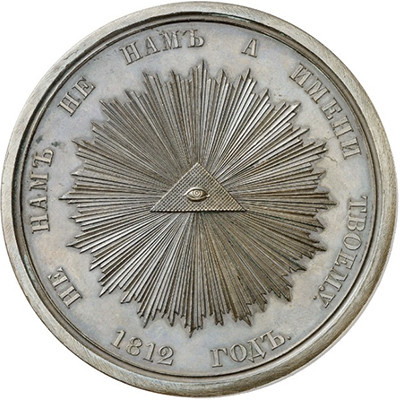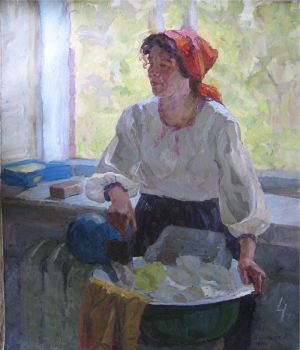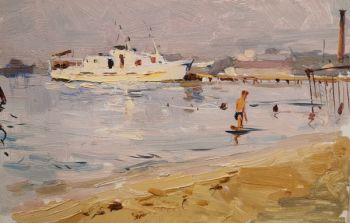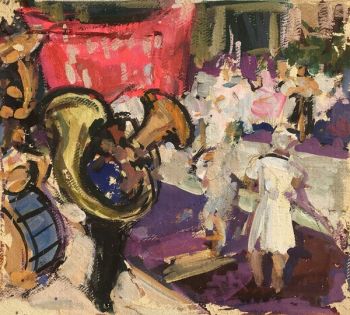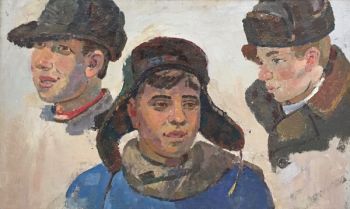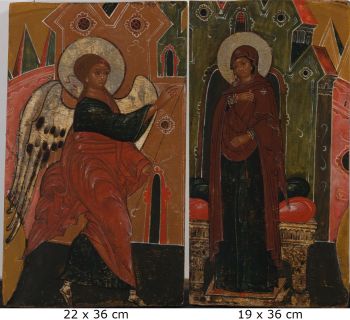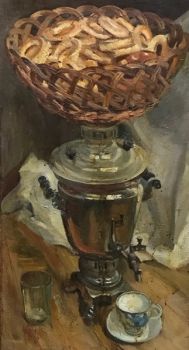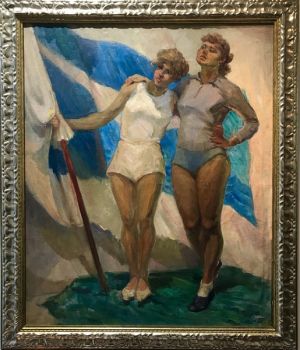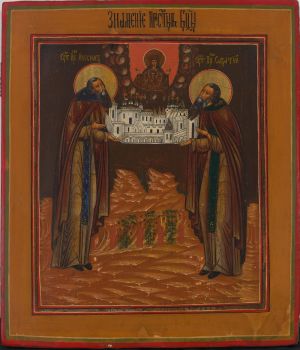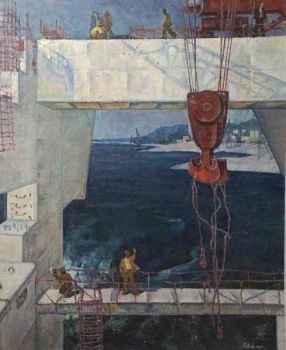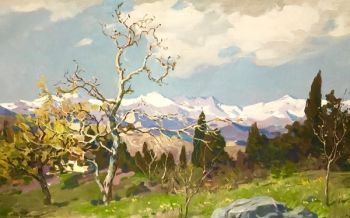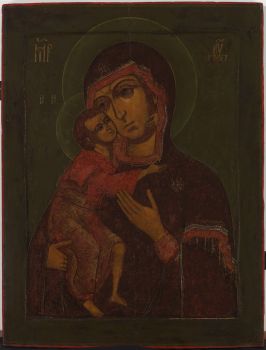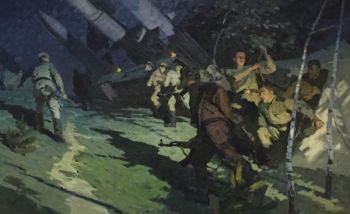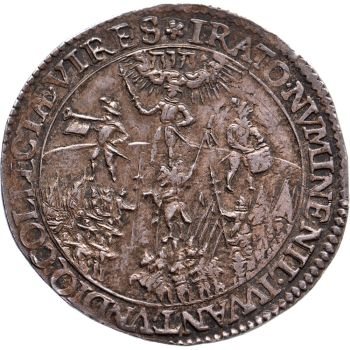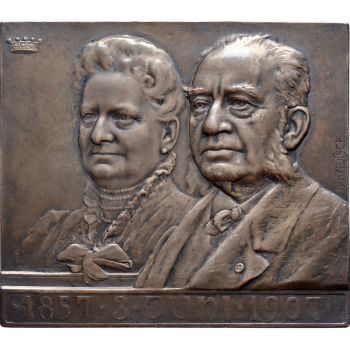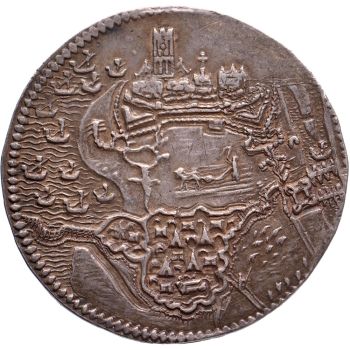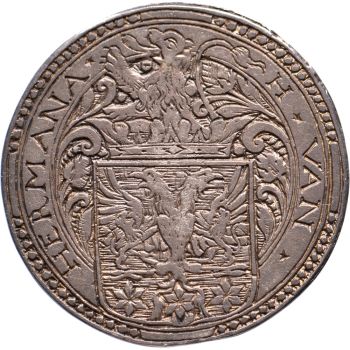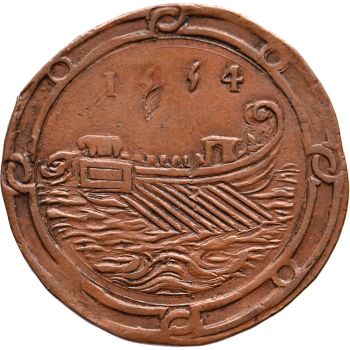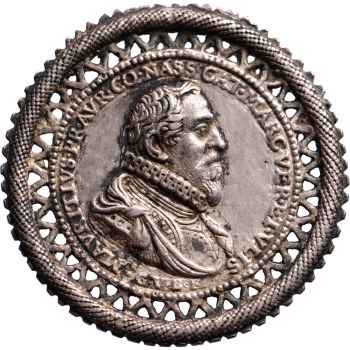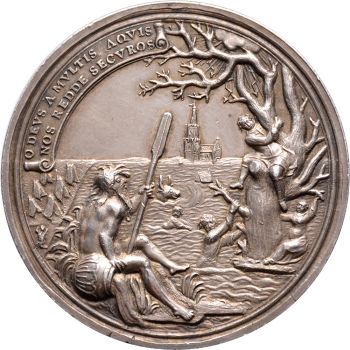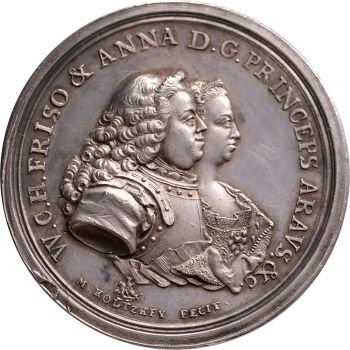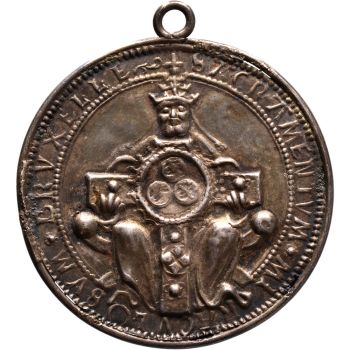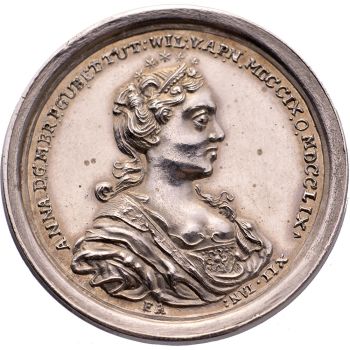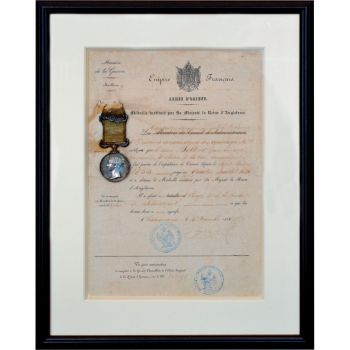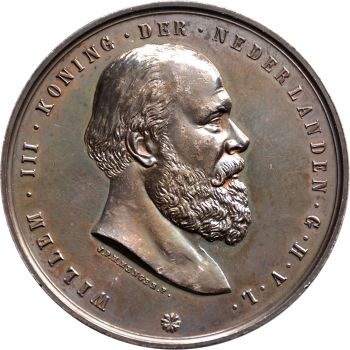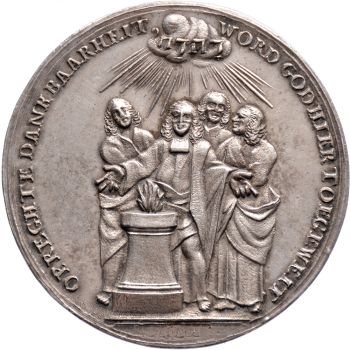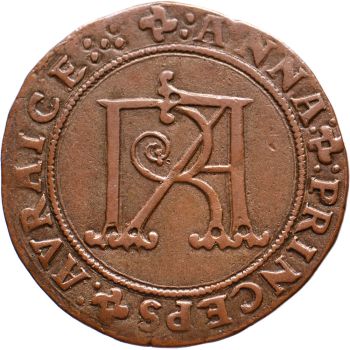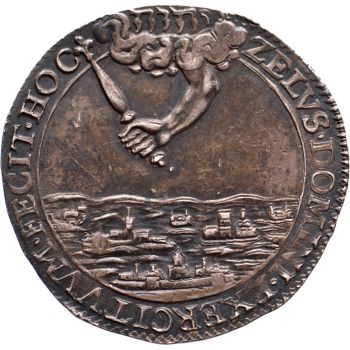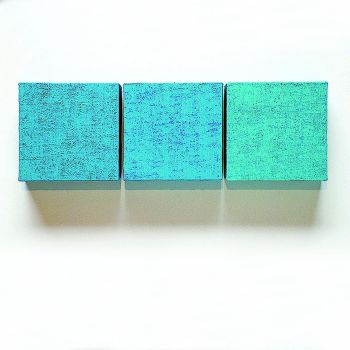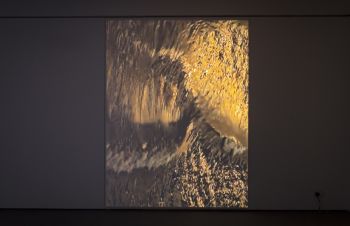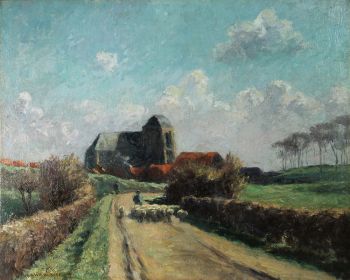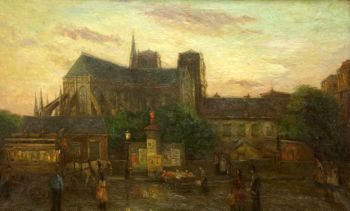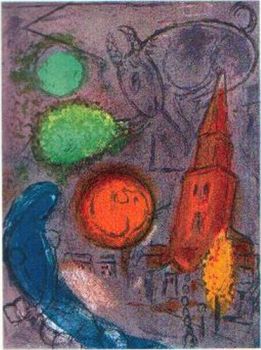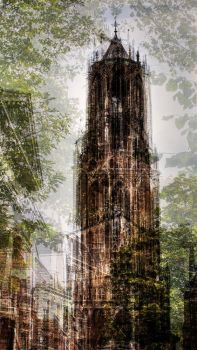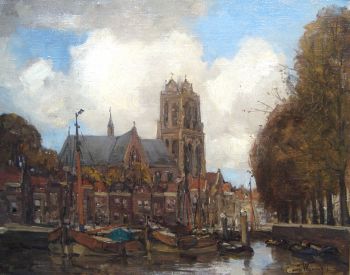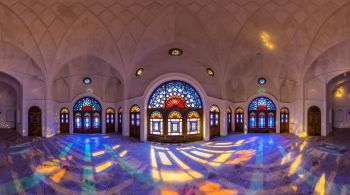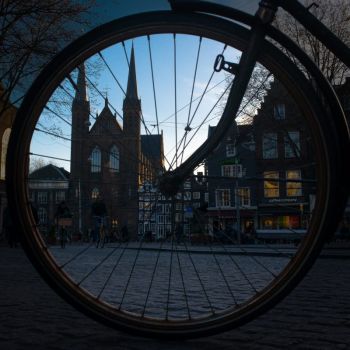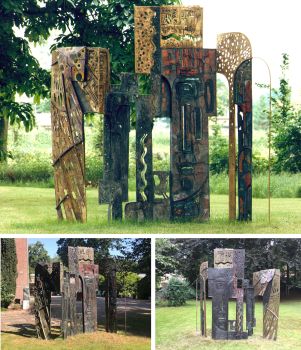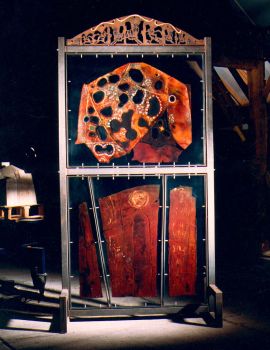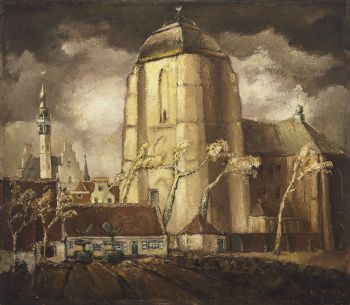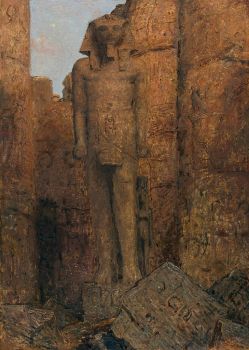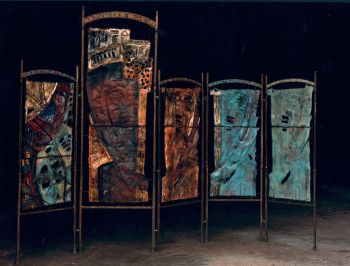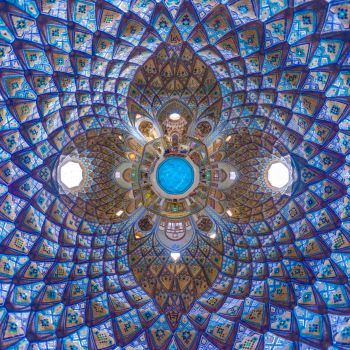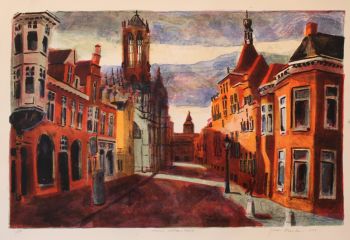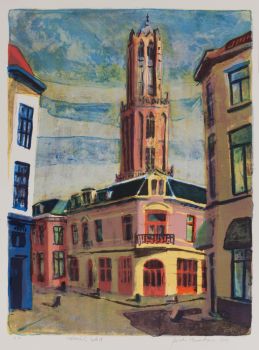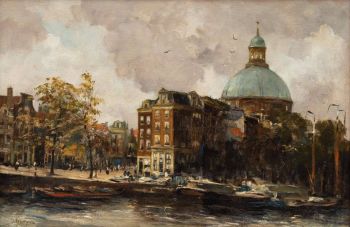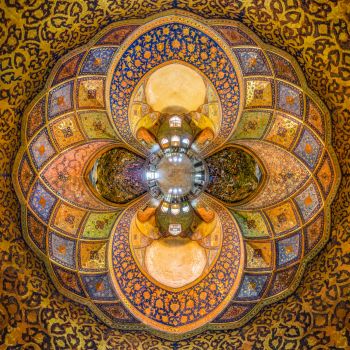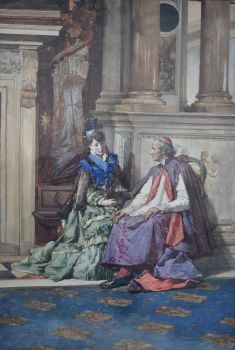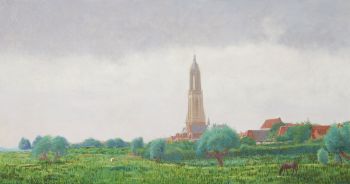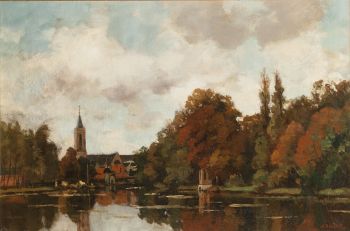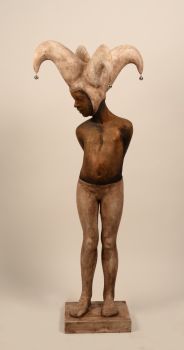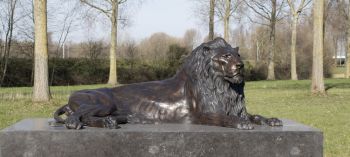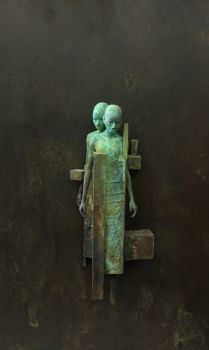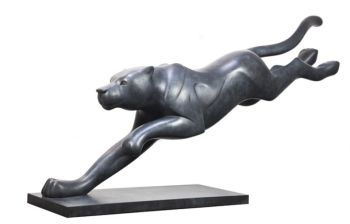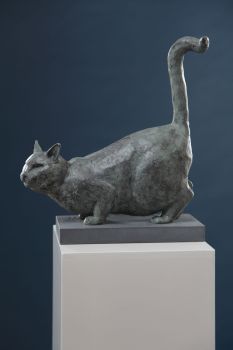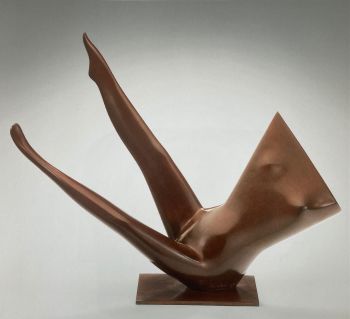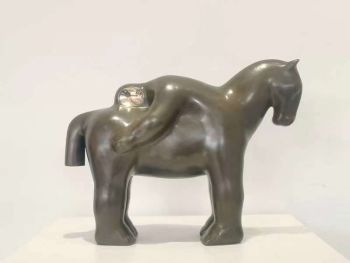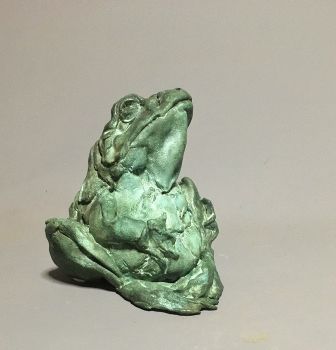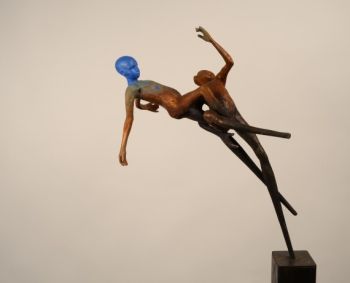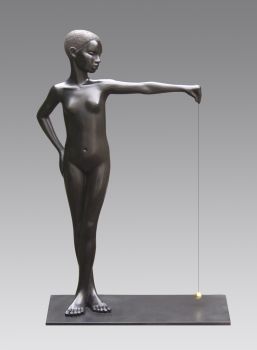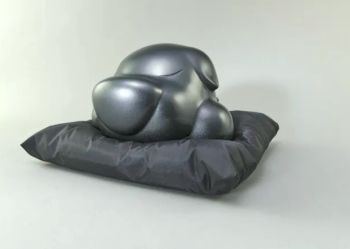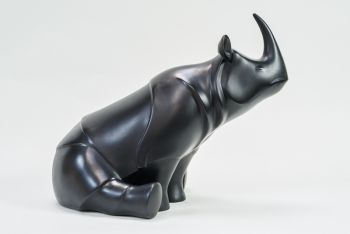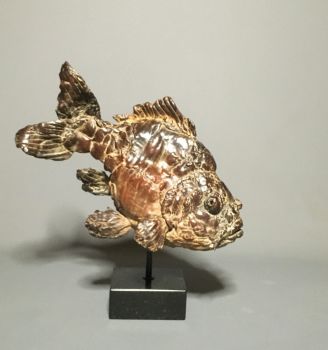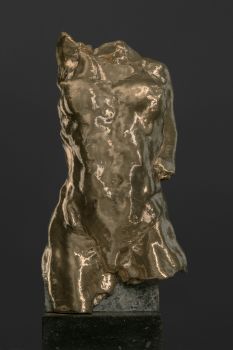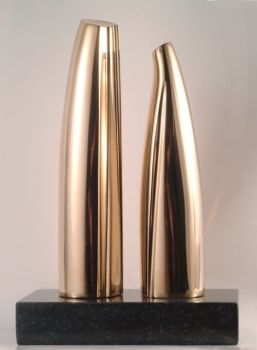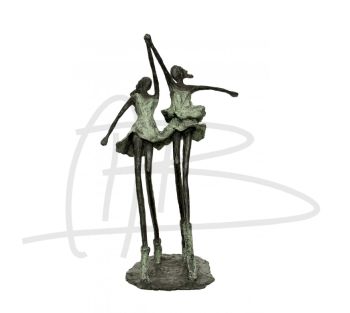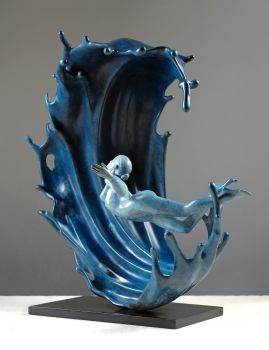1838. Russie. Nicolas I (1825-1855). Fondation de l'Église du Christ-Sauveur, Moscou 1838
Peter Savich Utkin
BronzeMétal
ø 7.70 cm
ConditionNear mint
Actuellement indisponible via Gallerease
- Sur l'oeuvre d'art
Obverse: Large radiant All-Seeing Eye, Cyrillic legend reading: Not for Us, Not for Us, But for the Sake of Thy Name, 1812
Reverse: view of the cathedral, signed at foundation by architect Konstantin Thon and engraver P. Utkin
By P. Utkin
VERY RARE
Weight: 210.31 g
Diameter: AE 77 mm
Quality: near Mintstate
Reference: Diakov 540.1
When Napoleon Bonaparte retreated from Moscow, Tsar Alexander I signed a manifest on 25 December 1812 declaring his intention to build a cathedral in honor of Christ the Savior “to signify Our gratitude to Divine Providence for saving Russia from the doom that overshadowed Her” and as a memorial to the sacrifices of the Russian people. It took some time for work on the projected cathedral to get started. The first finished architectural project, by Aleksandr Lavrentyevich Vitberg, was endorsed by the Tsar in 1817. It was a flamboyant Neoclassical design full of Freemasonic symbolism. Construction work was begun on the Sparrow Hills, the highest point in Moscow, but the site proved unstable. In the meantime Alexander I was succeeded by his brother Nicholas I. Profoundly Orthodox and patriotic, the new Tsar disliked the Neoclassicism and Freemasonry of the design selected by his predecessor. He commissioned his favorite architect Konstantin Thon to create a new design, taking as his model Hagia Sophia in Constantinople, Turkey. Thon’s Russian Revival design was approved in 1832. A new site closer to the Moscow Kremlin was chosen by the Tsar in 1837. A convent and church on the site had to be relocated, so the cornerstone of the new church was not laid until 1839. The cathedral was destroyed in 1931 on the order of Soviet leader Joseph Stalin. Following the end of the Soviet Union, the current church was rebuilt on the site during 1995–2000. - Sur l'artistePeter Savich Utkin (Petr Savvič Utkin ou Пётр Саввич Уткин) était un peintre symboliste russe. Il est né à Tambov et a suivi son école d'art à Saratov. En 1897, il entre à l'école de peinture, de sculpture et d'architecture de Moscou jusqu'en 1907. Il étudie avec Isaac Levitan, Constantin Korovine et Valentin Sérov. Après la Révolution, il est devenu professeur à l'école des beaux-arts "Bogalioubov'in Saratov" et à l'académie russe des beaux-arts "Ilya Repin". Après cela, il est devenu professeur à l'Académie des Beaux-Arts de Leningrad.
Artwork details
Catégorie
Sujet
Style
Matériel & technique
Couleur
Related artworks
 Sélectionné par
Sélectionné parGallerease Magazine
Artiste Inconnu
Ancienne icône en bois russe: Archange Gabrielearly 17th
Prix sur demandeKunsthandel H.W.C. Dullaert Icons
Artiste Inconnu
Icône russe représentant une Deesis étendue1600 - 1650
Prix sur demandeKunsthandel H.W.C. Dullaert Icons
1 - 4 / 24- 1 - 4 / 24
Artiste Inconnu
The bell of the VOC fortress in Jaffna, Sri Lanka1747
Prix sur demandeZebregs & Röell - Fine Art - Antiques
 Sélectionné par
Sélectionné parDanny Bree
1 - 4 / 24- 1 - 4 / 24

